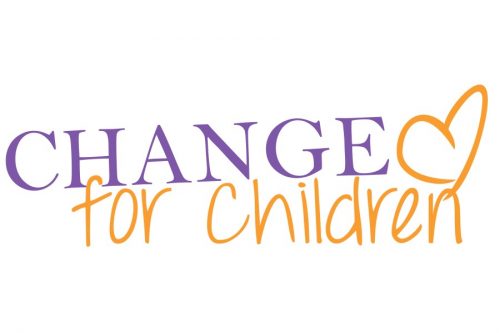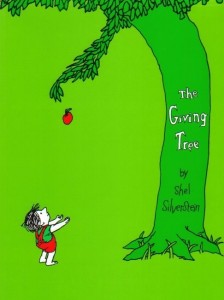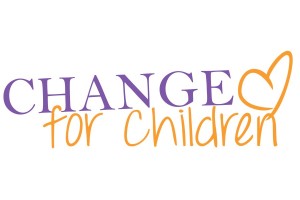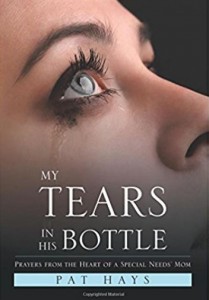Recently, I preached on John 1. I talked about what it meant for God to become a human being.
In my sermon, I talked about a very difficult period of my life that I rarely bring up. Between my late teens and third year of college I was very ill. My stomach seemed to launch a full-scale mutiny against the rest of my body. When I would try to eat, I’d immediately become nauseated. My throat would clench up, I would break into a sweat, and I’d spend the rest of the day feeling like I’d swallowed a pound of lead. I spent many late nights crying because my abdominal pain made it impossible to sleep. To make matters worse, my inability to eat gave me splitting headaches and debilitating fatigue. I lost almost 30 lbs…and I was small to begin with.
No one could tell me what was wrong with me. I underwent all kinds of tests, special diets, and blood draws. Some doctors wrote me off completely. My stomach hurt, but I was young. I still managed to get good grades, dance, and pursue music. I couldn’t be THAT sick, could I? I looked okay on the outside. I’m sure people assumed I was just petite. I was a dancer and was told I had the “perfect body” for it. People openly envied my slim frame. But I was miserable. I didn’t care about being thin. I just wanted to feel normal and feel okay again.

Eventually, we found the culprit: the anxiety disorder that I’d been battling for years. Scientists have long studied the connection between the brain and the gut. Both are extremely sensitive to stress and the chemicals that our bodies release when we’re nervous or scared. When a person suffers from anxiety, they’re always nervous and scared, even when there isn’t an obvious reason to be afraid. So it’s not uncommon for anxiety sufferers to have severe stomach problems with no apparent cause. I was put on medication and started regular therapy sessions. I put on weight. I started to feel more like myself again.
I learned a lot from those years. I learned how absolutely whack society’s standards for beauty are. It’s completely ridiculous that people envied my emaciated body when I would’ve traded it all for the ability to eat a cheeseburger without throwing up. I learned how difficult it is to have a chronic illness and be continually dismissed by medical professionals, particularly as a woman.
But I also learned about things that matter. There are times when I’m uncomfortable with the way my body looks these days. I get nervous when my jeans fit a little tighter than they used to. I do need to start treating my body better, which includes eating healthier and exercising. But on the days that I look in the mirror and hate myself, I look back at who I used to be. I look at that little girl. I look at the valleys under her collarbones and the bags under her eyes. The ribs that my family used to joke about playing like a xylophone (lovingly, I promise). I remember the hopelessness in her hungry eyes. And I remember how she prayed to be where I am today. There is more to life than how I look. Being healthy, being happy, and being able to do the things I love to do with the people I love—and being able to be the best Anna I can be to my family, friends, and congregations—are so much more important than the size of my waist.
Most of all, I learned what I shared with my congregation this evening. I learned what it meant for God to take on human form. Being sick taught me that having a body is very hard. For even the healthiest among us, having a body means enduring a great deal of pain. And yet…we’ve just spent an entire season celebrating the fact that God took on a body. A frail, vulnerable, human body. Why on earth would God actively choose to take on flesh and all of the drama that comes with it?
Because God loves us. Recklessly, unendingly, and regardless of whether or not we deserve it. God does not only love us through our trials and tribulations but understands them. Jesus subjected himself to things like fear, anger, sadness, and loss. He subjected himself to physical pain, to abuse, agony and death–all of the things that make having a body difficult. He didn’t have to…but he DID. I think back to how it felt being sick–how I sat up at night holding my stomach asking where God was, and why I was here, alone and suffering. Jesus gets it. Jesus became human, suffered, and died, because he cares about that scared, sick girl crying herself to sleep every night, and everyone like her. When we are suffering–in mind, spirit, or body–God is with us.
Treatment has helped me immensely but I still struggle. Anxiety is a lifelong battle, particularly combined with other mental health issues. It is painful and it is isolating. It still gives me a nervous stomach, sleepless nights, and bad headaches on occasion. But I know that I’m not alone. I never was. I never will be. And you aren’t alone either.

Biography
Anna Viehland is a pastor and divides her time between Helena United Methodist Ministries and Shepherd of the Valley Lutheran church in Townsend, MT. Originally from Florida, she moved to the Big Sky state in May of 2019 after marrying her husband, Daniel. In her spare time, she likes to read, sing, play the piano, ski, and spend time with her pets–two cats, Henry and Marilla, and a border collie mix, Auggie.









 Click here to subscribe to our RSS feed with your favorite email client and be alerted to new articles.
Click here to subscribe to our RSS feed with your favorite email client and be alerted to new articles.